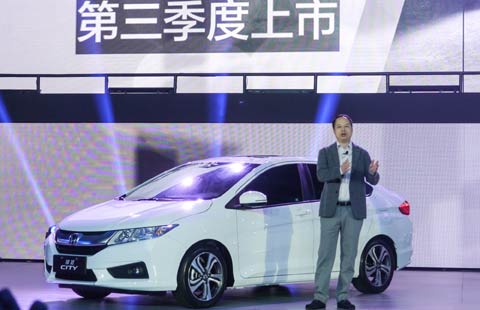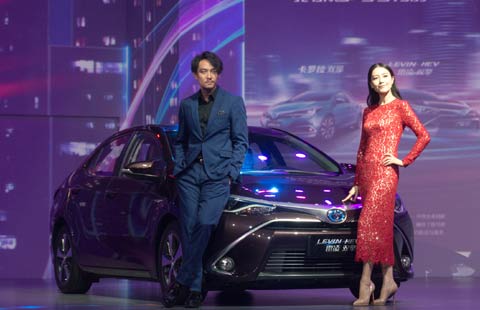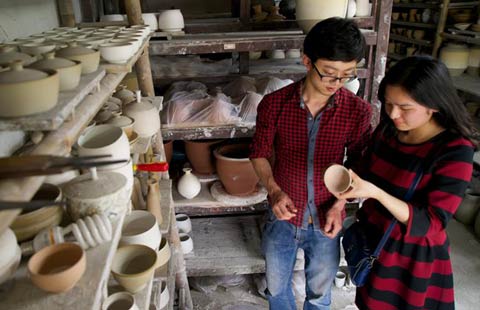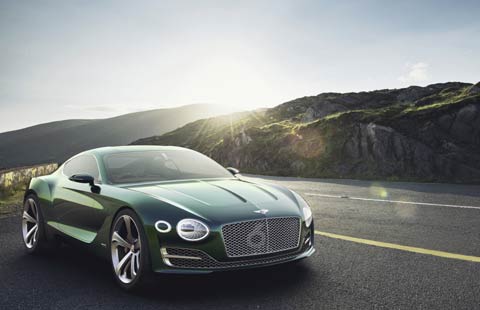Charging facilities vital for NEV growth
By YALE ZHANG (China Daily) Updated: 2015-04-20 13:52The year 2014 will be remembered as a landmark for new energy vehicle development in China.
The country produced nearly 85,000 units of plug-in hybrids and NEVs in 2014, 265 percent higher than in 2013, nearing the US new energy vehicle market size of 120,000 units and lifting China's global rank in the NEV market from No 4 in 2013 to No 2 in 2014, close behind the United States.
China's NEV sales were still very weak during the first and second quarters of 2014, with most of the year's 85,000 units produced from September to December, the last four months of the year.
Notably, this growth is not the result of natural market demand, but central government policies and subsidies played major roles in the hike.
Policy drivers
NEVs in China are defined as plug-in hybrid and electric vehicles (including battery and fuel cell EVs).
Basic hybrid cars such as the Prius are not eligible for subsidies in China.
The State Council released its energy conservation and new-energy vehicles plan on April 18, 2012, which gave the target for the number of electric and plug-in hybrid vehicles in operation by 2015 as 500,000 units, with the fleet to rise to 5 million units by 2020.
China's new-energy vehicle development formally started in 2009, when China started the "Ten Cities, Thousand Vehicles" pilot project, and the central government selected 10 cities to take part.
In late 2010, the list was expanded to cover 25 cities, and a target of 30,000 NEV units was set for the end of 2012.
The three-year pilot project, called the Stage-1 NEV demonstration, can hardly be defined as successful.
Few of the cities were interested in spending local funds to subsidize NEVs made elsewhere.
The 30,000-unit target was eventually met, but mostly due to a push by the central government in the second half of 2012.
With this far-from-perfect experience, the central government did not launch the Stage-2 project until September 2013.
At that time, a further 88 cities were selected to purchase nearly 330,000 units by the end of 2015.
During Stage-1, only six cities subsidized individual owners to buy NEVs, according to AutoForesight 2015-H1 China NEV research.
By the end of the first quarter of this year, 27 cities had already issued local policies to subsidize individual customers, mostly by matching central government subsidy amounts.
This brings the subsidy for EVs to nearly 110,000 yuan ($17,717), and PHEVs to about 65,000 yuan per unit.
On top of the direct subsidy, the central government decided to waive 10 percent of the vehicle purchase tax on 377 NEV models from September 2014, which takes the total subsidy value to almost 40 to 45 percent of most NEV retail prices.
In addition, large cities with car plate control policies, such as Beijing, Shanghai, Shenzhen and Hangzhou all give free car plates to NEVs, a value of about 50,000 to 90,000 yuan.
If this value is added in, the total subsidy rate becomes 60 to 65 percent of NEV retail prices.
As well as all the above, three districts in Shanghai also give an extra 20,000 to 30,000 yuan subsidy to individual NEV buyers.
With such large subsidies and, more importantly, a free car plate, although charging facilities are far from ready, individual consumers in the fourth quarter of 2014 were quickly motivated and demand of EVs and PHEVs boomed.
- Distribution center accelerates BMW service
- Performance and design inspire Bentley's vision of the future
- The 'catfish' in the market
- Slower, but still top gear
- Automotive industry's profits take a tumble
- Detailed plans for four PFTZs announced
- Yidao set to promote green travelling with Prius
- Foreign automakers double down on China bets despite slowing growth

















